41 how to draw a standing wave
Standing Waves: Definition, Formation, Solved Examples - Embibe Exams In the case of the standing wave, all the particles of the medium perform Simple Harmonic Motion with different amplitudes ranging from zero at the nodes to a maximum at antinodes. Let the equation of the light wave be, \ ( {y_1} (x,\,t)\, = \,A\,\sin \, (\omega t\, - \,kx)\, = \,A\,\sin \,\left ( {2\pi ft - \frac { {2\pi }} {\lambda }} \right)\) How to draw standing wave patterns in a closed pipes - YouTube Simple ways to draw a standing wave patterns in a closed pipes
How do you calculate the wavelength of a standing wave? Method 1 If you know the distance between nodes and antinodes, or if you know the length of string (or pipe length) and which harmonic is present. If you know the distance between nodes and antinodes then use this equation: λ 2 = D Where D is the distance between adjacent nodes or antinodes.

How to draw a standing wave
Standing Waves and Resonance | Transmission Lines | Electronics Textbook Standing waves are waves of voltage and current which do not propagate (i.e. they are stationary), but are the result of interference between incident and reflected waves along a transmission line. A node is a point on a standing wave of minimum amplitude. An antinode is a point on a standing wave of maximum amplitude. Standing waves in open tubes (video) | Sound | Khan Academy If you cut the bottom out, if you cut the bottom out of the bottle, you'd also be able to set up a standing wave. It would look like this. So let's say we've got an open end on both ends. So now we got an open end on both ends. This side is open, this side here is open. This means the air now, on this side, isn't stuck anymore. Standing Waves - The Physics Hypertextbook The simplest standing wave that can form under these circumstances is one-quarter wavelength long. To make the next possible standing wave add both a node and an antinode, dividing the drawing up into thirds. We now have three-quarters of a wavelength. Repeating this procedure we get five-quarters of a wavelength, then seven-quarters, etc.
How to draw a standing wave. Standing wave - Wikipedia Equation ( 1) still describes the standing wave pattern that can form on this string, but now Equation ( 1) is subject to boundary conditions where y = 0 at x = 0 and x = L because the string is fixed at x = L and because we assume the driving force at the fixed x = 0 end has small amplitude. Checking the values of y at the two ends, How to draw a wave | Club of the Waves Don't forget to add surfers to your waves, whether you draw them regular or goofy foot, backside or frontside, you soon realize that there are endless combinations. See the three sketches below: A surfer doing a cutback on a wave: A surfer riding a big wave: A side profile drawing of a surfer riding a barrelling wave: Standing sound waves - University of Tennessee To play most musical instruments you have to create standing waves on a string or in a tube or pipe. The perceived pitch of the sound is related to the frequency of the wave. The higher the frequency, the higher is the pitch. Wind instruments produce sounds by means of vibrating air columns. To play a wind instrument you push the air in a tube ... Physics Tutorial: Formation of Standing Waves The two individual waves are drawn in blue and green and the resulting shape of the medium is drawn in black. There are other ways to achieve this perfect timing. The main idea behind the timing is to introduce a crest at the instant that another crest is either at the halfway point across the medium or at the end of the medium.
PDF Standing Waves - College of Liberal Arts and Sciences The progression of wavelengths can be expressed by the following mathematical equation: ‚n= 2L n n= 1;2;3:::(1) In this equation,‚nis the wavelength of the standing wave,Lis the length of the string bounded by the left and right ends, andnis the standing wave pattern, or harmonic, number. Standing Wave Diagrams | Zona Land Education The normal static diagram is always drawn in white . These white lines are the shapes usually used to represent standing waves. The actual motion of the medium is the animated yellow line. Here a standing wave is shown on a medium that is fixed at both ends. This is the first harmonic, or the fundamental. Physics Tutorial: Standing Wave Patterns - Physics Classroom The diagrams at the right show two of the most common standing wave patterns for the Chladni plates. The white lines represent the salt locations (nodal positions). Observe in the diagram that each pattern is characterized by nodal positions in the corners of the square plate and in the center of the plate. standing wave | Definition & Facts | Britannica standing wave, also called stationary wave, combination of two waves moving in opposite directions, each having the same amplitude and frequency. The phenomenon is the result of interference; that is, when waves are superimposed, their energies are either added together or canceled out. In the case of waves moving in the same direction, interference produces a traveling wave.
oPhysics oPhysics. Standing Waves in Air Columns (continued) On the previous two pages, you looked at the requirements for sound to form a standing wave in an air column. To get a deeper understanding of the process, you can explore the simulation below. The simulation above is intended to show how the process of sound wave resonance in air columns works. What Is a Standing Wave? - Study.com The sound produced as a result of plucking guitar strings is an example of a standing wave. When the strings are plucked back and forth, the waves travel along the string to the end of the string ... Draw a standing wave, and label the nodes and anti nodes. | Quizlet Draw a standing wave, and label the nodes and anti nodes. Explanation Verified Reveal next step Reveal all steps Create an account to view Q&A solutions By signing up, you accept Quizlet's Terms of Service and Privacy Policy Continue with Google Continue with Facebook Sign up with email Recommended textbook solutions Standing Waves - GSU Standing Waves. The term standing wave is often applied to a resonant mode of an extended vibrating object. The resonance is created by constructive interference of two waves which travel in opposite directions in the medium, but the visual effect is that of an entire system moving in simple harmonic motion.The sketches illustrate the fundamental and second harmonic standing waves for a ...
How to draw the standing wave patterns for the pressure ... - Quora Answer: This image is from Khan academy I have included this because I want to refer to nodes and anti nodes and it is impotant to know what they are. Rules for standing wave in pipes (ignoring end corrections). * At the closed end of the pipe the air which wants to move towards/ away from th...
Standing wave drawing | Physics Forums Here is my question (2 parts) a) Draw the standing wave that occurs if the string tension is quadrupled while the frequency is held constant. im not sure how these are related, any equation? b) Suppose the tension is doubled while the frequency shaking the string is held constant. Will there be a standing wave?
Standing waves on strings (video) | Waves | Khan Academy This peak is just gonna move up and down, so a lot of times when we draw these standing waves, we draw a dash line underneath here that mirrors the bold line because all this peak's gonna do is go from the top to the bottom, then back to the top, it's just gonna oscillate.
Standing Wave Diagrams 3 - One Fixed End and One Open End | Zona Land ... Below are several static diagrams of standing waves for a medium fixed at end and open at the other, along with the names for each vibration and a count of the antinodes and nodes for each vibration. If you are unclear about the meaning of the terms 'antinode' and 'node', be sure to look back at Understanding Standing Wave Diagrams.
Period of standing waves | Physics Forums This is from a lab, in which i calculated the wavelength to be 0.4 m from this equation: L=n*wavelength/2 therefore wavelength = 2L/n=.4 L= 1 m n = (5 in the non-makeup lab) The frequency gotten from the experimental was 60Hz which if you plug into the equation v=f* wavelength v is given as 23.5, you get about .4 for the wavelength
16.6 Standing Waves and Resonance - General Physics Using Calculus I What results is a standing wave as shown in Figure, which shows snapshots of the resulting wave of two identical waves moving in opposite directions.The resulting wave appears to be a sine wave with nodes at integer multiples of half wavelengths. The antinodes oscillate between [latex]y=\text{\pm}2A[/latex] due to the cosine term, [latex]\text{cos}(\omega t)[/latex], which oscillates between ...
Standing Sound Waves (Longitudinal Standing Waves) The solution: an animation to visualize particle motion and pressure for longitudinal sound waves. The particular example of a standing wave that I want to illustrate is a standing sound wave in a pipe that is forced (by a moving piston or loudspeaker) at the left end and closed at the right end.
Standing Wave on a string - BYJUS A wave that travels in one direction along the string reflects at the end and returns inverted because of the fixed ends. These two identical waves travelling in the opposite direction form the standing wave on the string. The length of the string is given as L so the wavelength of the wave is restricted by the boundary condition.
Sound - understanding standing waves — Science Learning Hub Sound waves are longitudinal or compression waves. If you could see the standing sound wave, you would see alternating areas of high and low pressure. Since it is difficult to see (and draw) compression waves, we usually represent them using sine waves. The air at the open end (top) of the bottle is exposed to the atmosphere so it is at ...
Solved A spring is 18.60 m long. A standing wave on this - Chegg A standing wave on this spring has 3 antinodes. Draw a picture of this standing wave (yes, actually draw this picture). How many nodes does this standing wave have? What is the wavelength of the waves that are traveling on this spring to create this standing wave? Question: A spring is 18.60 m long. A standing wave on this spring has 3 antinodes.
Standing Waves - The Physics Hypertextbook The simplest standing wave that can form under these circumstances is one-quarter wavelength long. To make the next possible standing wave add both a node and an antinode, dividing the drawing up into thirds. We now have three-quarters of a wavelength. Repeating this procedure we get five-quarters of a wavelength, then seven-quarters, etc.
Standing waves in open tubes (video) | Sound | Khan Academy If you cut the bottom out, if you cut the bottom out of the bottle, you'd also be able to set up a standing wave. It would look like this. So let's say we've got an open end on both ends. So now we got an open end on both ends. This side is open, this side here is open. This means the air now, on this side, isn't stuck anymore.
Standing Waves and Resonance | Transmission Lines | Electronics Textbook Standing waves are waves of voltage and current which do not propagate (i.e. they are stationary), but are the result of interference between incident and reflected waves along a transmission line. A node is a point on a standing wave of minimum amplitude. An antinode is a point on a standing wave of maximum amplitude.





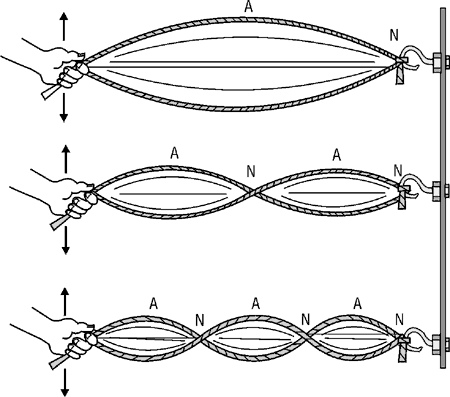



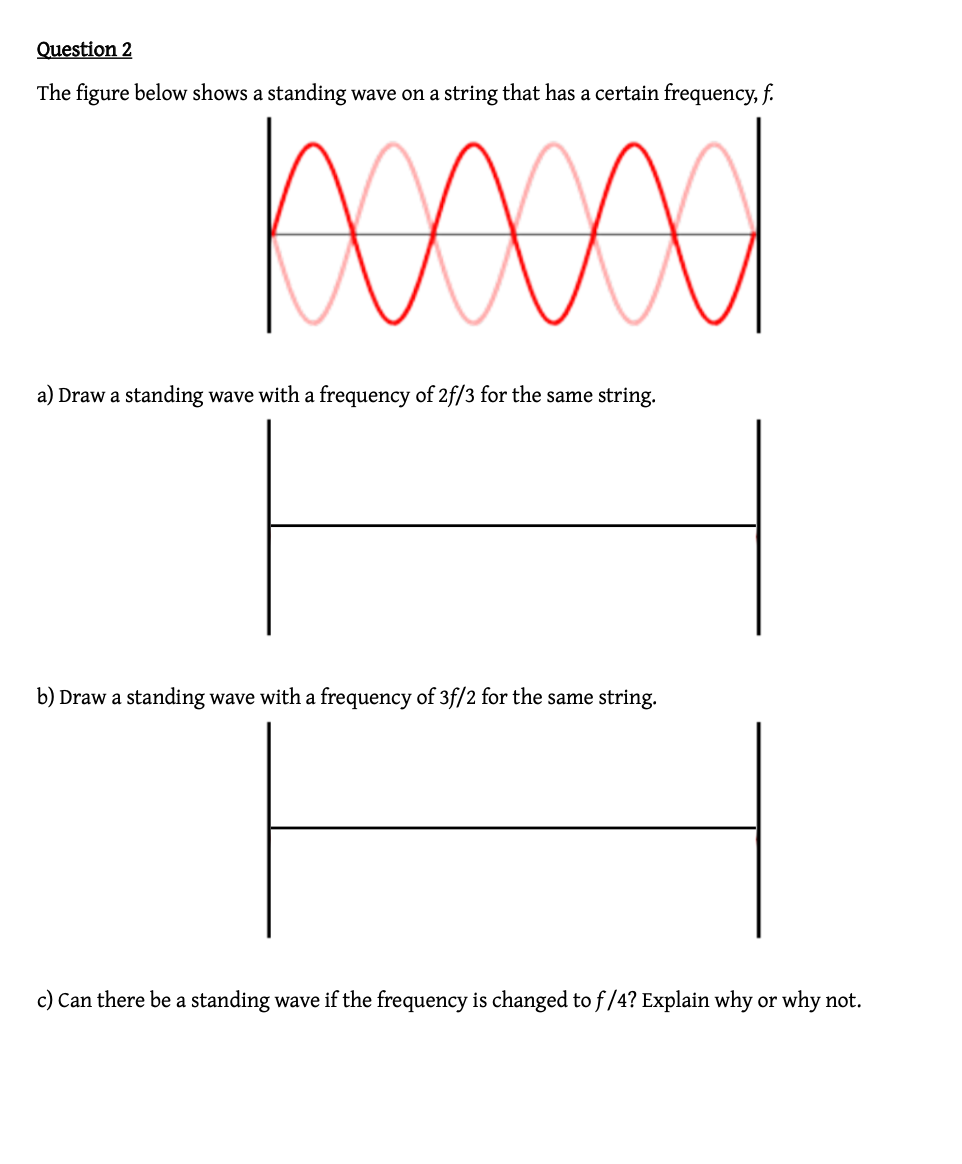
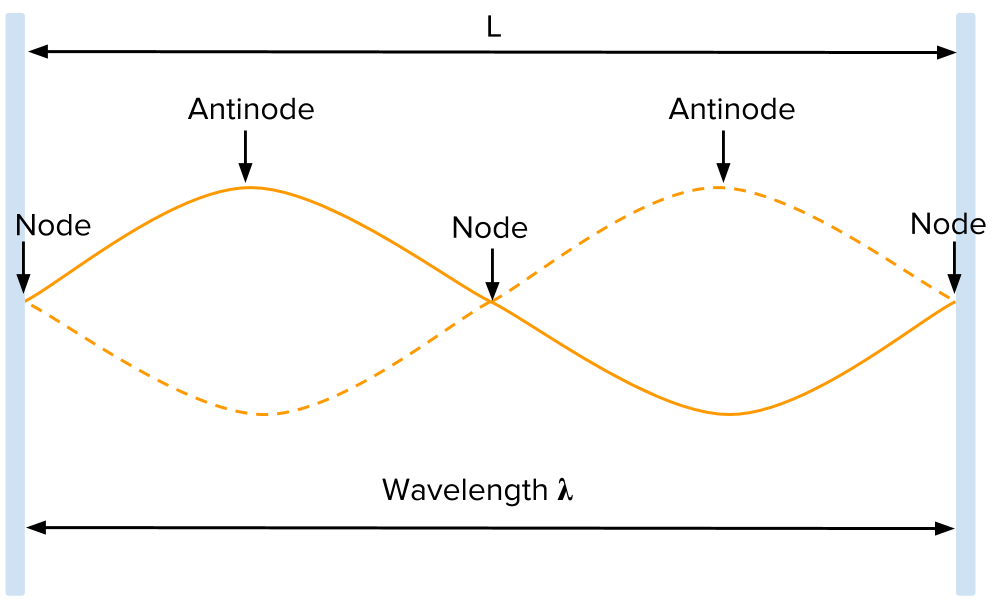
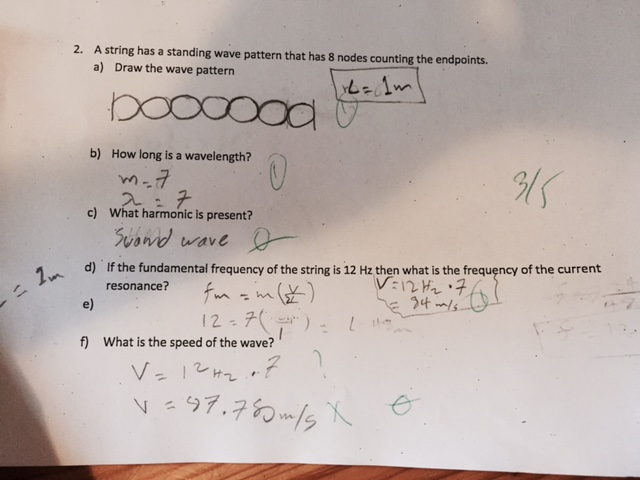
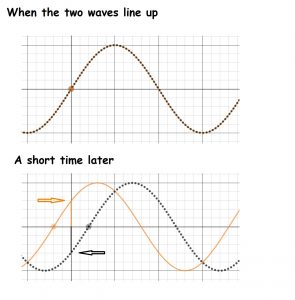


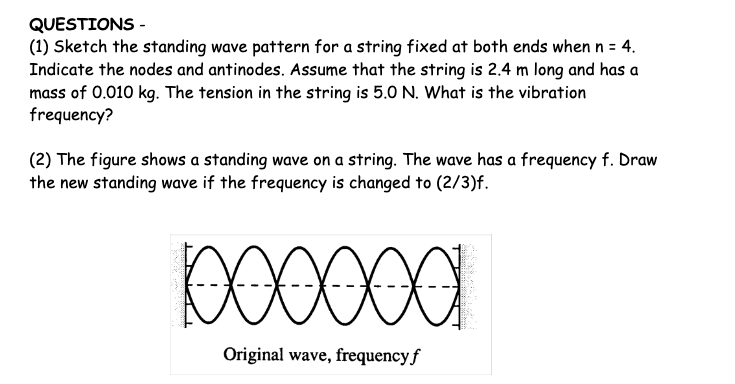

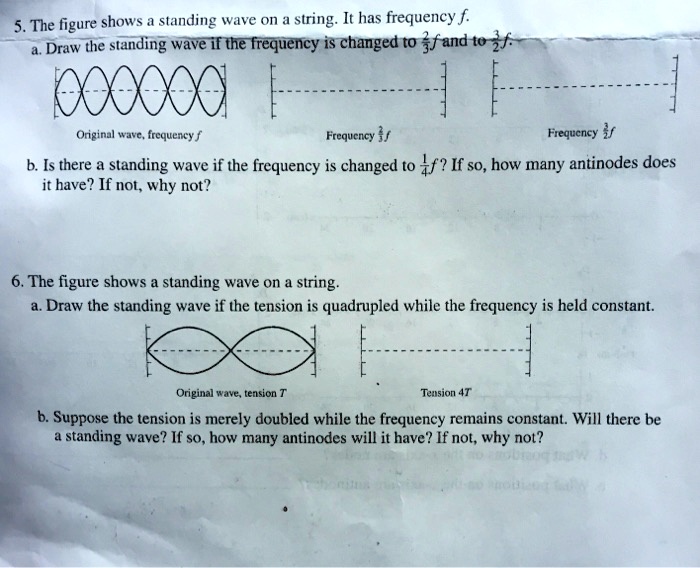
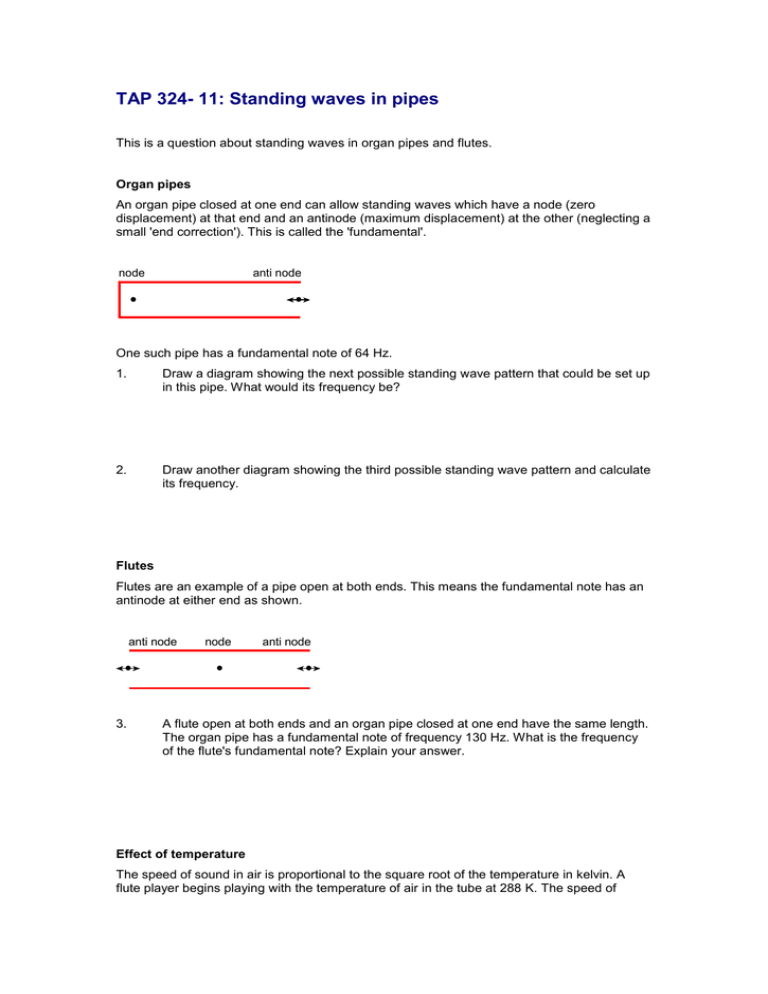

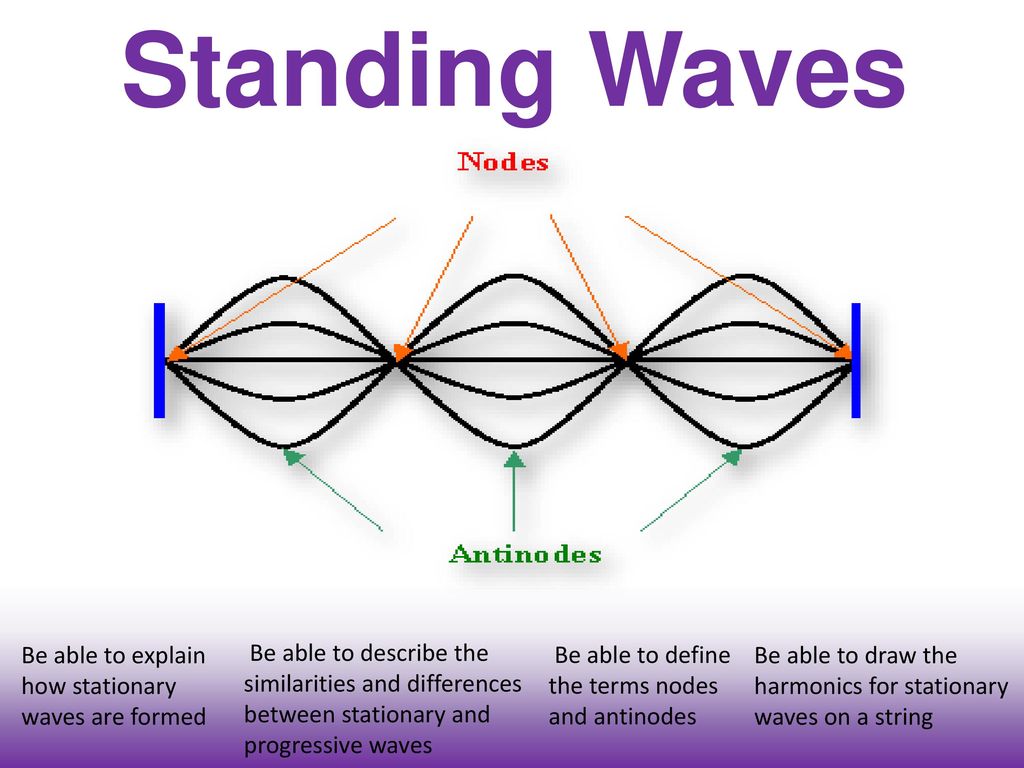

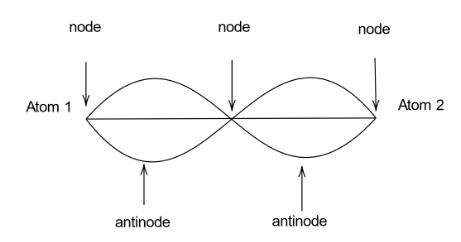
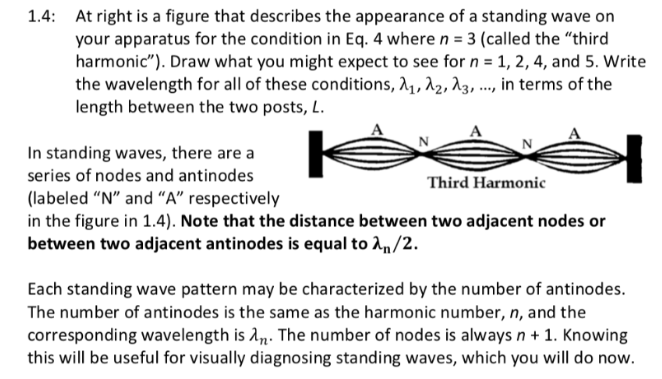
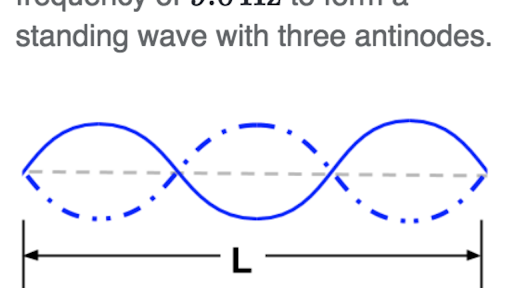
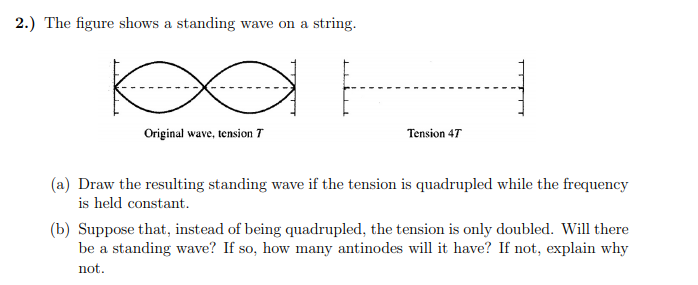

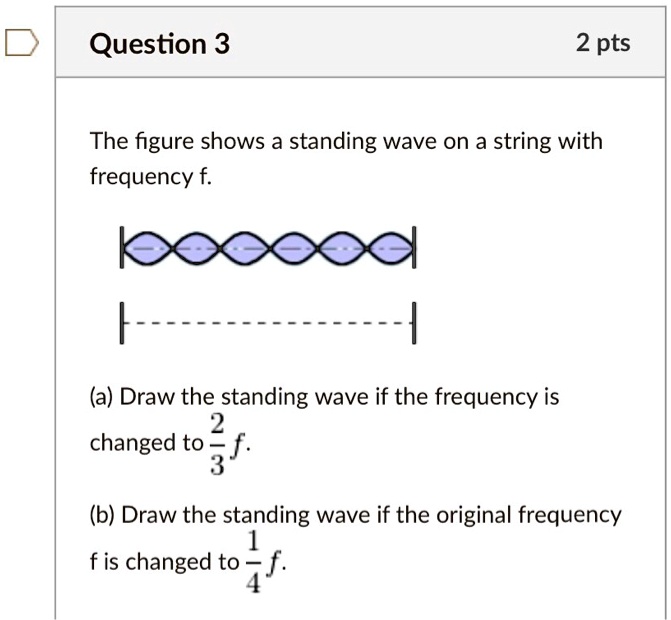


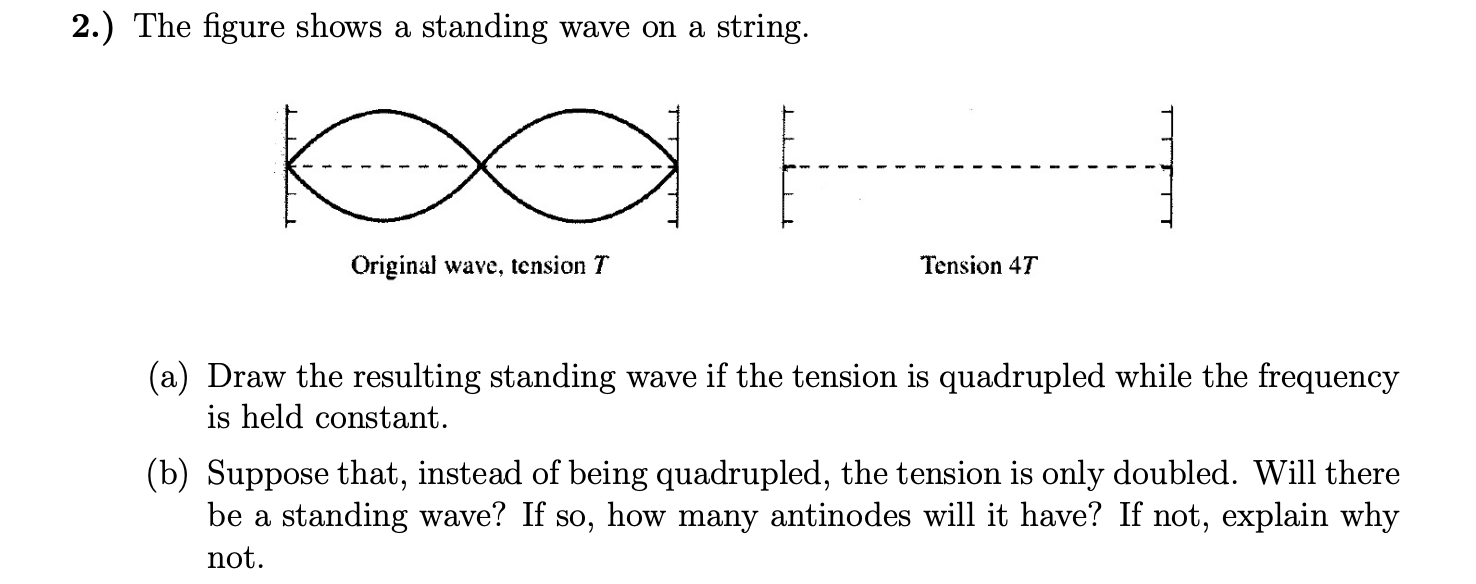
Post a Comment for "41 how to draw a standing wave"